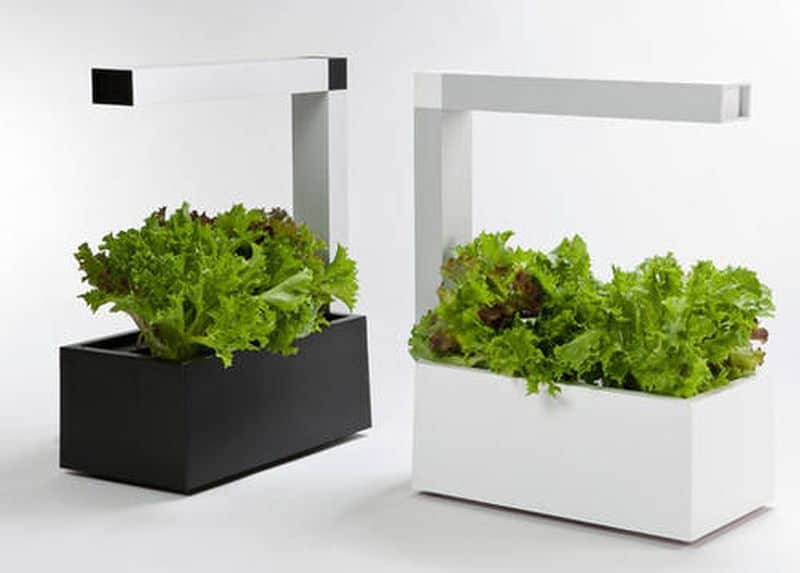In a world so obsessed with microtechnology, it’s easy to lose sight of the importance of tangible things. We focus on what information we can get, what we can tell our friends, and how to navigate from one place to another. What we don’t notice as much is that there are still many people who have problems physically navigating from one place to another. People with mobility issues may enjoy smartphones and social media as much as anyone else, but they still need innovative products for regular physical living.
Designers putting in quality efforts to redesign their world
Fortunately, designers and engineers are still hard at it building products to simplify daily routines for differently abled people, and they are proving just as creative and resourceful as their counterparts in nanotechnology.
The common thread among many of these products is that they are designed for retrofitting into existing homes. While some people require mobility assistance their whole lives, others develop the need after sustaining an injury, experiencing a medical problem or developing a chronic illness. Whatever the cause, the result is the same: Home is no longer accessible, and the person needs help making the home functional. And that may be the best perspective to take on the issue. There’s nothing wrong with the person, there’s something wrong with the way the world is built.
Rebuilding their abodes in accommodating fashion
So the people who are working to rebuild the world in a more accommodating fashion have developed products like the EasyClimber stair lift, which makes a staircase what it should be: a way for anyone in the home to go to a different floor. These systems allow people with mobility limitations to stay in the home they’ve known for years or decades, without undue risk of falls and without requiring constant assistance.
Many other accommodations have been developed as well. Personal care is perhaps the most essential area these products address. After all, a fundamental part of our self-esteem is the ability to bathe, eat, and use the bathroom without help. That independence improves safety, health, and mental well-being, giving us the opportunity to live life to the fullest, regardless of physical conditions, and it has been the impetus for everything from modified refrigerators to walk-in bathtubs.
Answering mobility limitations in the best way possible
And that’s just the products for retrofitting. Homes that are built to accommodate mobility limitations have even more great features that make life easier. These designs have gotten a lot of attention as injured military personnel have returned home. For example, a person who uses a wheelchair can’t easily prepare a meal because standard countertops are too high. Homes built to help them feature lower levels for working surfaces, as well as the aforementioned modified refrigerators that keep items within safe reach of users.
Doorways are another example. The standard width of 36 inches or so may not be enough for power chairs or wheelchairs. Moreover, even if they are just wide enough for the device itself, it may still lead to skinned knuckles, banged elbows, or damage to the door trim. Additionally, homes designed for mobility also set up hallways and other movement areas to ensure that various chairs can easily maneuver through the home without a long process of backing up and pulling up repeatedly.
Special building codes and laws are the need of the hour
Most building codes and laws are sufficient for public places, but most of us spend more time at home than anywhere else. That means that accommodations to the home have a far more frequent impact on less-mobile people than those made to public buildings. These adjustments not only make it possible to move around but also make it safer, faster, less frustrating, and less destructive.
The world poses enough challenges for those of us who don’t move around as well as most people. Their one sanctuary is their home, and it should be a place where their physical restrictions can be forgotten. Thanks to new developments in home accessibility, that goal is attainable.
Article Submitted By Community Writer



